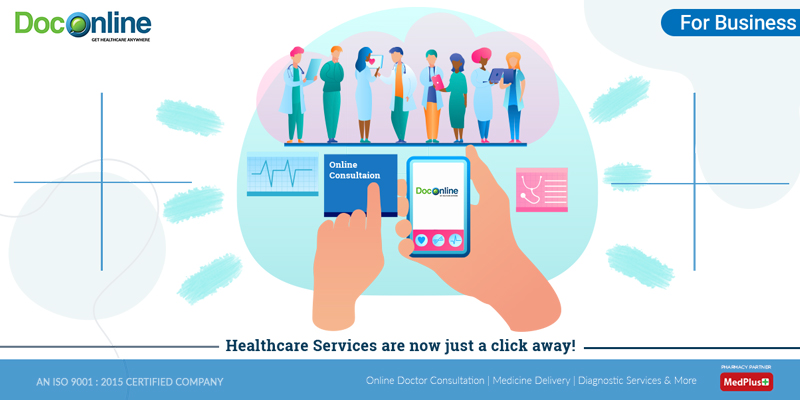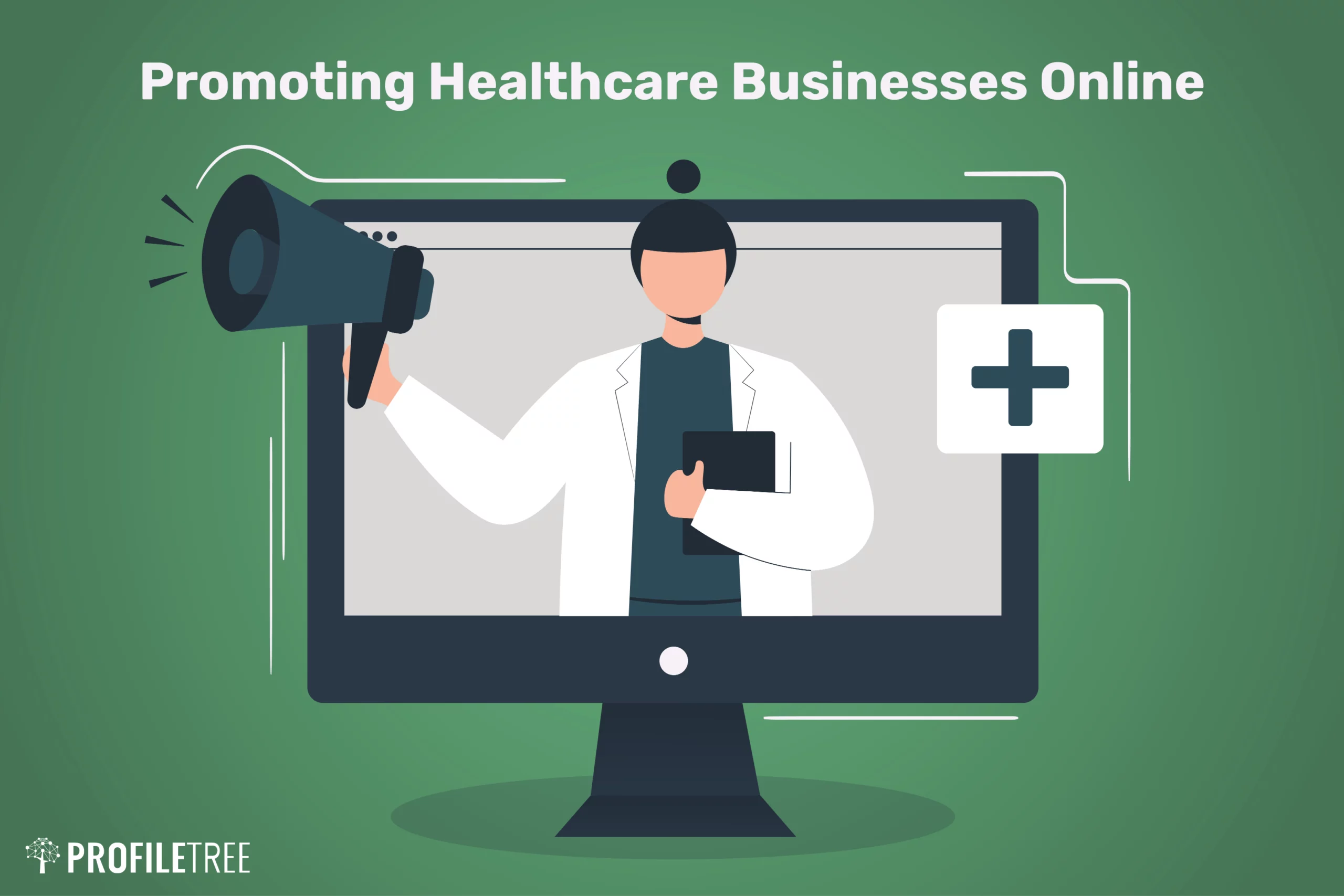A Comprehensive Overview to Subscription Based Healthcare: What You Required to Know
Wiki Article
Just How Subscription-Based Health Care Is Transforming the Medical Market

The Rise of Registration Health Care
In the last few years, the medical care industry has observed a substantial change towards subscription-based designs, showing wider customer patterns preferring comfort and predictability. This improvement is driven by the raising demand for more available and customized care options. Subscription health care, in some cases described as concierge medication or straight medical care, uses clients a fixed monthly fee for a series of clinical services, substantially altering conventional fee-for-service models.The rise of subscription health care is promoted by improvements in technology, which allow structured communication between patients and suppliers - subscription based healthcare. Digital platforms and telehealth services have come to be integral, using individuals the capability to arrange appointments, gain access to clinical records, and receive assessments online. This technical integration not only improves client interaction yet also permits companies to supply more reliable care
Furthermore, the registration model lines up with the progressing assumptions of people that look for more control over their medical care costs and experiences. While this design is acquiring grip, its expansion encounters difficulties such as governing hurdles and the necessity for wider approval within the traditional health care community.
Benefits for Patients and Carriers
Subscription-based health care uses a multitude of advantages for both people and carriers, reshaping the characteristics of clinical treatment. For clients, this design supplies boosted access to health care services.For health care suppliers, subscription-based designs cultivate an even more sustainable and gratifying method. Management tasks are typically streamlined, minimizing above expenses and enabling companies to commit more time to client communication. In general, subscription-based medical care lines up the rewards of providers and individuals, advertising a much more effective and patient-centered health care delivery system.
Trick Functions of the Design
Frequently, the key functions of the subscription-based healthcare version highlight its distinctive method to delivering clinical services. Central to this design is the principle of predictable, month-to-month payments, offering individuals a thorough variety of services without the changability of standard fee-for-service frameworks. This model usually consists of unrestricted accessibility to medical care services, preventive care, and routine exams, guaranteeing that individuals can involve with their health care carriers proactively as opposed to reactively.
Additionally, direct interaction networks, such as telemedicine and messaging platforms, are stressed, permitting clients to receive timely recommendations and examinations without requiring in-person consultations. This enhances accessibility and benefit, especially for individuals with flexibility constraints or those residing in remote locations. The design additionally cultivates more powerful doctor-patient connections, as healthcare providers are incentivized to concentrate on long-lasting health outcomes instead of short-term brows through.
Furthermore, subscription-based medical care often incorporates technical advancements, such as electronic health documents and health and wellness tracking apps, to give tailored useful site and effective treatment. Individuals gain from coordinated and continuous treatment management, which is customized to their specific health and wellness demands. Ultimately, these functions jointly produce a patient-centered health care experience, focusing on accessibility, price transparency, and preventative treatment.

Considerations and challenges
While the subscription-based pop over to this web-site healthcare version supplies many advantages, it is not without its factors to consider and challenges. One considerable obstacle is guaranteeing fair accessibility. Subscription models might accidentally prefer those with higher socioeconomic status, possibly expanding differences in medical care access for lower-income people that may have problem with month-to-month charges. This raises ethical concerns about inclusivity and equity in health care distribution.One more difficulty depends on regulative conformity. Subscription-based medical care must browse an intricate web of laws that vary by area, including problems around person discretion, information security, and state licensing requirements. Guaranteeing conformity without impeding the version's adaptability and advancement can be intimidating for service providers.
Additionally, there is the danger of overutilization or underutilization of services. People paying a fixed charge may overuse solutions, causing enhanced functional expenses, while others might underutilize as a result of fear of burdening the system, potentially disregarding necessary treatment.
Future Leads and Innovations
The landscape of subscription-based health care is poised for transformation via emerging technologies and progressing prospects. As technology continues to development, the integration of synthetic intelligence and machine understanding offers significant chances to enhance diagnostic accuracy and simplify client management. Anticipating analytics can change preventive care by recognizing prospective wellness dangers prior to they manifest, therefore decreasing both costs and the problem on medical care systems.Furthermore, telemedicine is set to broaden within her latest blog membership designs, offering individuals increased access to health care professionals no matter of geographical constraints. This not just assists in continuity of treatment however likewise encourages people to involve even more proactively in their health and wellness management. Furthermore, blockchain modern technology provides prospective in securing person data and ensuring interoperability throughout systems, fostering depend on and openness.
The growth of tailored medication is an additional frontier, with membership designs offering an one-of-a-kind framework for supplying tailored health and wellness solutions. Genetic testing and tailored therapy plans can be perfectly integrated, straightening individual requires with specific clinical interventions. In addition, partnerships in between technology business and medical care suppliers are likely to yield innovative solutions, enhancing client experiences and outcomes. As these prospects emerge, subscription-based healthcare has the possible to redefine exactly how care is supplied and accessed.
Final Thought
Subscription-based medical care is changing the medical industry by providing a much more available, predictable, and patient-centered strategy to medical solutions. This version boosts patient-provider relationships, ensures economic openness, and stresses precautionary treatment with endless assessments and telemedicine. Despite obstacles such as regulative difficulties and potential disparities in access, the registration model holds guarantee for a much more reliable and personalized medical care experience. As modern technology advances, further technologies are likely to address existing obstacles and optimize medical care distribution.Registration medical care, sometimes referred to as concierge medication or straight key care, offers patients a set month-to-month cost for a range of medical services, considerably changing traditional fee-for-service models.
Furthermore, the subscription version aligns with the advancing assumptions of patients that look for more control over their healthcare costs and experiences. For individuals, this version provides improved access to medical care solutions. On the whole, subscription-based medical care straightens the incentives of service providers and patients, promoting a much more patient-centered and effective healthcare delivery system.
Additionally, telemedicine is set to broaden within subscription designs, offering people raised access to healthcare specialists regardless of geographical restraints. - subscription based healthcare
Report this wiki page